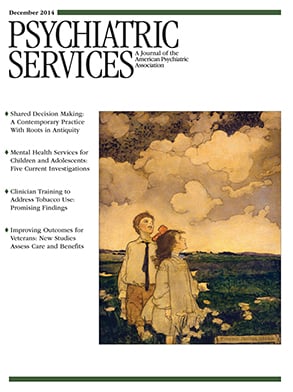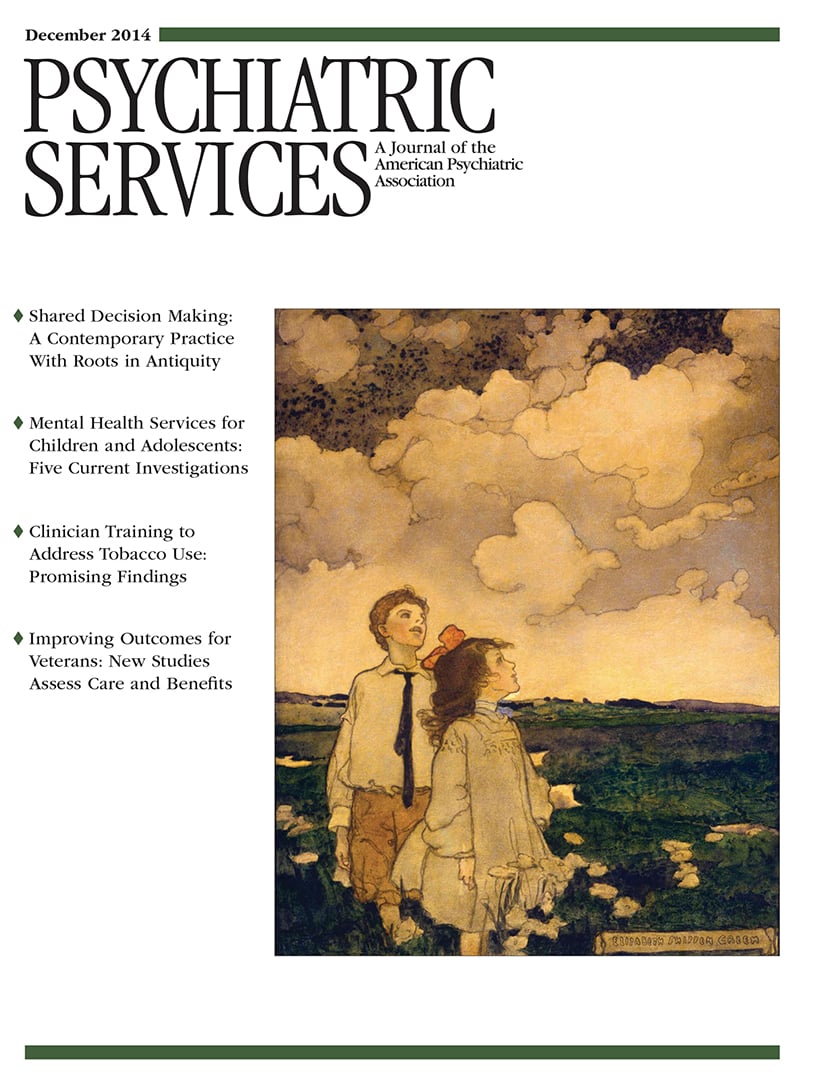To the Editor: There are wide-ranging ideas about how to address situations in which someone is clearly unwell but chooses not to seek support (
1–
3). Let’s consider two of the loudest calls to action. Some argue that the problem is insufficient access to high-quality mental health services, calling for greater investment in voluntary, community-based, recovery-oriented services that defy financial, geographical, and cultural barriers. Others argue that the problem is that a small group of people with severe mental illnesses is often unwilling to seek treatment. They call for looser involuntary treatment criteria and greater investment in assisted outpatient treatment as critical strategies to prevent terrible consequences of not treating this population (incarceration, homelessness, and large-scale tragedies).
I believe that the first group has not sufficiently acknowledged cases in which individuals have access to excellent services but still refuse care. For example, I recently talked with a mother who had learned about all available services in her community, including assertive community treatment, peer support, supported employment, and supportive housing, so that she could help her adult son understand and access these wide-ranging options. Despite her efforts and the availability of this service array, he would not consider seeking support. At this point, the second group might identify this woman’s son—who lives with schizophrenia, experiences psychosis, and refuses care—as one of the “most seriously ill” who would benefit from involuntary treatment. However, this conclusion leaves a crucial stone unturned: engagement.
In this context, “engagement” refers to techniques used to help someone become amenable to seeking services. We have already developed many effective engagement tools, including motivational interviewing, psychoeducation, and peer outreach. But those who need these tools most—family members and providers—cannot consistently access them. The mother I spoke with may have unlocked the door to services, but she didn’t know how to help her son walk through it.
What if all providers—not just psychotherapy practitioners but also primary care physicians, case managers, and others—had highly developed motivational interviewing skills? What if families could also develop a basic command of motivational interviewing? What if all people experiencing mental illness could easily access peer support? What if we extensively researched how best to reach people who are unwilling to seek support? With a better understanding of what truly works, we could develop new engagement strategies and improve existing tools.
To move in this direction, we must stop viewing people with mental illness as discrete categories: the “worried well” and the “seriously ill”; people who seek help and those who don’t. We must acknowledge that unwillingness to seek support happens for complex reasons that are unique to each individual. We must improve our understanding of those complexities and the best techniques to address them. If all we have is the hammer of involuntary treatment, we risk approaching every person who refuses care as a nail that can be wedged into place. To avoid this, we must invest in engagement—a crucial piece of the puzzle that our current debate has, by and large, neglected.

